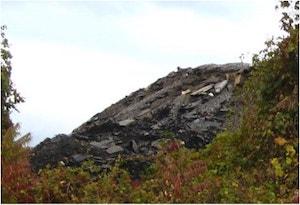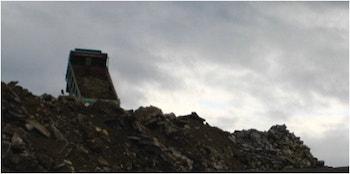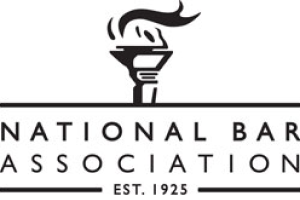Asbestos Ban in Canada

Canada has taken a huge step towards the banning of asbestos. October 18, 2018, the final draft of the Regulation that became effective on December 30, 2018, was released. These are regulations associated with the 1999 Canadian Environmental Protection Act.
On first reading the Prohibition of Asbestos and Asbestos Containing Products Regulation I was very disappointed given how many changes have been inserted since the first draft released in January of 2018. Now there are a number of significant areas of concern.
Nuclear Facilities
Existing nuclear facilities may continue to import and install asbestos containing materials to service equipment in nuclear plants until at least 2023. This means new asbestos products will continue to enter nuclear power plants where over 42,000 people are employed across Canada. Adding new asbestos products to those that are already in those facilities extends the length of time before abatement can start, and therefore the number of years into the future before mesothelioma can be eradicated.
Due to the location where we at Brown Law live and work, between the Pickering Nuclear Generating Station and the Darlington Nuclear Generating Station, we expect this exemption will continue to cause our region to have above average levels of asbestos disease.
Military Equipment

Asbestos containing products may continue to be used in air, land and sea military equipment. Not only is the military not required to abate the high levels of asbestos already installed in military bases, new materials may be imported and installed in their planes and ships and on all their motorized equipment. Friction products are a major source of asbestos use within the military. While we understand that abatement is enormously expensive, adding new asbestos materials into the mix needs to end.
This regulation does nothing to protect those who protect us.
Mine Residue
The huge tailing piles located near the 15 Canadian asbestos mines contain up to 40% raw asbestos. We hoped that these piles would be somehow remediated as they continue to pose a danger to residents in the surrounding area. Instead, they are going to be used as a source of magnesium. In Asbestos, Quebec alone, the tailing mountain that was created over the last century is millions of tons of rock that will now be disturbed and worked to extract the magnesium. Magnesium makes a lightweight metal which is in high demand in many industries, including electric cars.
It’s one thing to say that the workers who are extracting the magnesium will wear protective gear but how will they possibly contain the asbestos fibers from being released into the air and being carried away by mother nature. Did we not already have air advisory alerts this summer in Prince Edward Island due to the BC forest fires? How many people will be environmentally exposed to asbestos with this exemption?
Furthermore, if a Province wants to permit asbestos tailing piles to be used in construction or landscaping they may simply grant an exception to do so. The federal regulation allow each province to make that decision for its residents. This means that tailing piles could be crushed and used in road works or anywhere else fill is needed.
Roads

If the road surface near your home or work currently contains asbestos, it is going to be permitted that recycled materials that also contain asbestos can be used when road work is done. To date most asphalt and cement products used for our streets and sidewalks contain asbestos. Those huge piles of broken up road materials sitting in concrete recycling plants will be crushed, making the asbestos friable, and re-laid putting road crews at risk. How many road construction sites did you pass this summer? The dust from those sites place us all at risk and now will continue to do so well into the future.
In Transit
Asbestos containing materials may continue to travel through Canada. This means that Asbestos could be loaded onto a train in Vancouver and shipped through Canada to a manufacturing facility on the eastern seaboard. Asbestos use is not banned in the USA and there are companies that continue to incorporate the fiber in products including floor tile and wallboard. Stevedores and rail workers will continue to be at risk with this exemption. This may also affect air cargo workers as much smaller freight now travels by air.
Laboratory and Museum use
We cannot ignore Canada’s asbestos history. This material was considered to be white gold. Most asbestos workers had no knowledge of the danger as this information was suppressed by mine owners. Whole families were environmentally exposed. This story should be told. Provided raw asbestos samples are not handled by museum visitors there is little public risk.
Laboratory workers have the opportunity to take suitable precautions when they work with hazardous substances. There is safety training and equipment provided.
Of greater concern, it is possible under this legislation to request an exemption for asbestos to continue to be used in other industries. If the non-asbestos containing product is too expensive, with an asbestos use plan, an asbestos containing product will be permitted. Will vehicle or train parts be granted exemptions? Construction materials?
While this regulation is being lauded as a wonderful step by advocacy groups, Canada still has work to do. Having been witness to the devastation caused by mesothelioma we cannot continue to allow asbestos exposure to continue. Please take the time to call or write your member of parliament to keep the pressure on them to ensure that this regulation is enforced, and in the future enhanced.
Written by Anna Veldhuis, Brown Law Office, October 22, 2018 updated January 1, 2019.
If you want to read the Asbestos Prohibition Regulation for yourself it is available here.








